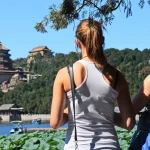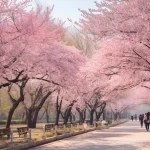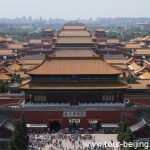Top 10 Attractions in Guizhou
Plan your Guizhou tour? With the total area is 170,000 square kilometers, Guizhou Province, known as Qian for short, is situated on the eastern part of Yunnan-Guizhou Plateau in southwest China. Guizhou Province has a subtropical humid climate. The capital city of Guizhou Province is Guiyang. More than 15 minority groups settled in Guizhou and most…





